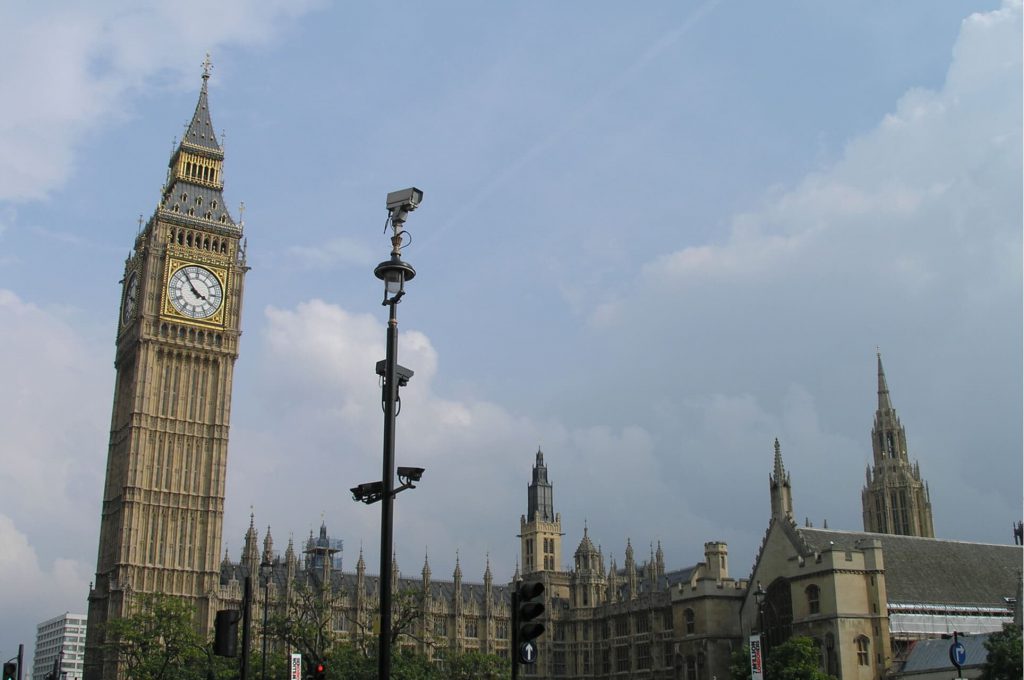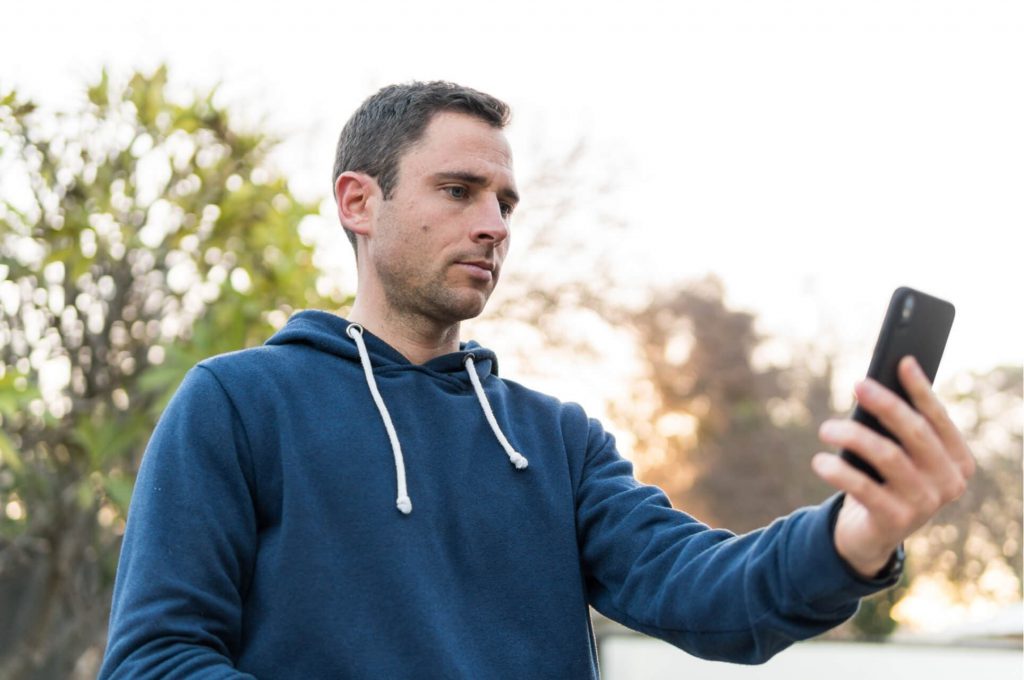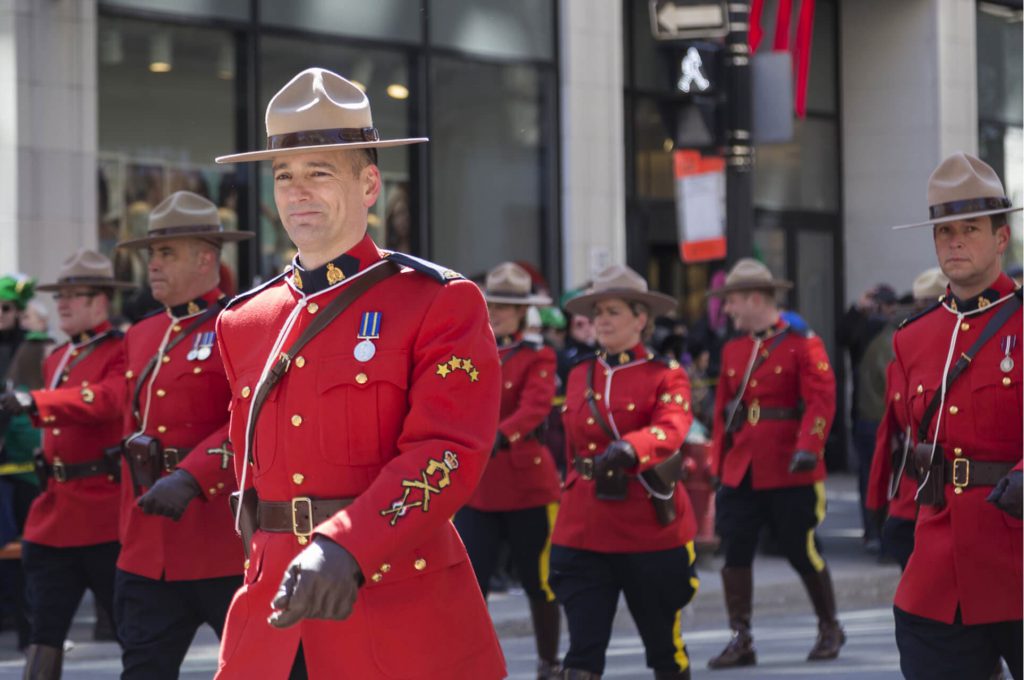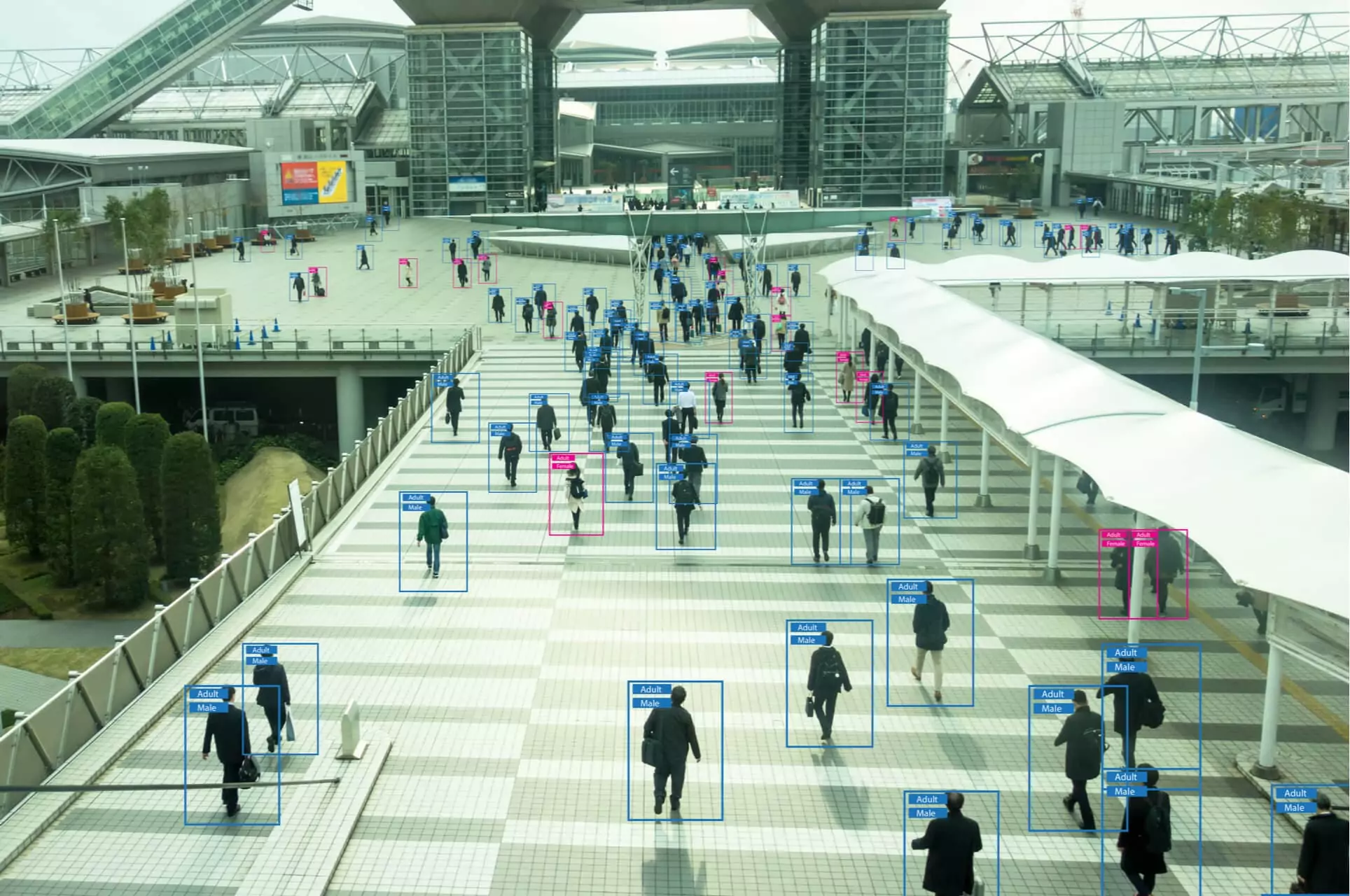From speed RADAR guns to high tech riot gear, the role of technology in policing is always evolving. Police departments around the world are always looking for new technologies to help them monitor and protect their communities. One of the areas where police departments always need as much help as possible is in monitoring. Police can’t prevent crimes or intervene if they don’t know that they’re happening, but watching the community is time-intensive work – as much as they may try, they can’t be everywhere at once. Two of the most significant advances in this area in recent years has been the wide implementation of CCTV cameras and, more recently, facial recognition software.
Facial recognition is notoriously challenging for computers. While it may seem strange to us – humans are hard-wired to instantly recognize very subtle differences between facial features and can remember thousands of faces – computers find this far more difficult, and have to rely on ‘landmarks’ of the face such as the corners of the eyes or the tip of the nose by measuring and record the distance between them. You may be surprised to learn that facial recognition technology was first developed in the mid 1960’s; however, the technology wasn’t deemed reliable enough to be used in US police departments until as recently as 2016.
Today, facial recognition software is used by everything from Facebook to our smartphones. In terms of policing, the U.S. Department of State operates one of the largest face recognition systems in the world with a database of 117 million American adults. The governmental “facial biometrics” market includes federal, state and local law enforcement and is expected to soar from $136.9 million in 2018 to $375 million by 2025, according to an estimate by market research firm Grand View Research.
LONDON EXPANDS FACIAL RECOGNITION SYSTEM
Long ago, London embraced CCTV cameras as a way of monitoring the city. Today it is the third most surveilled city in the world, and the most surveilled city outside of China. There are an estimated 73 CCTV cameras per 1,000 residents. While the London Metropolitan Police have already previously used facial recognition software, earlier this year the Mayor of London announced a new, four-year facial technology deal worth £3,084,000 (USD $4.2 million) with Japan’s NEC Corporation.

The new software is known as Retrospective Facial Recognition (RFR). Faces are scanned in real time from public CCTV cameras, and the information is stored for later use. RFR is different from Live Facial Recognition (LFR), which is already in use in London. Being ‘retrospective’, the information from RFR systems is not used for incidents as they happen or in a predictive capacity. Instead, the information is used to ‘turn back the clock’, tracing the previous movements of criminals once a crime has been committed and caught on camera. Police say the tool will be invaluable in locating criminals who have evaded arrest at the time of the incident.
The system does have its detractors, however. Some civil liberties groups believe that this system is an invasion of privacy that may be open to abuse. Elsewhere on the continent, the EU is considering banning the use of facial recognition software by law enforcement altogether.
AUSTRALIA ENFORCES COVID QUARANTINES
Tech firm Genvis has been trialling facial recognition software in Australia’s two most densely populated cities. The firm has been conducting trials on a voluntary basis in Melbourne and Sydney, two cities that house more than half of Australia’s total population between them. The system has been designed to monitor people during COVID-19 lockdowns. Similar systems have also been trialled in two of Australia’s smaller states.

The system is considered ‘voluntary’, as it doesn’t rely on CCTV cameras. Neither Sydney nor Melbourne have enough camera coverage to make such a system viable, and both have a more dispersed population than a high-density city such as London. Instead, participants in the trial are sent alerts on their smartphones. The participant has to take a photo of themselves which is sent through the system along with GPS gathered location data. The system then checks the photo against the facial biometrics for the user on file, along with the geotag to check that they’re at home.
Although the trial was cut short due to COVID quarantines, this technology could be used in the future to check the location of people under movement restrictions, such as parolees.
CANADIAN POLICE CONSIDERING THE USE OF FACIAL RECOGNITION
In 2020, the Royal Canadian Mounted Police started using facial recognition technology to identify suspects. The RCMP worked in collaboration with a company called Clearview AI, which collects images and photos of people from social media sites. They then cross-referenced this database of faces with unknown suspects supplied by the RCMP in order to identify them. This collaboration was highly controversial, as the database was deemed to have been compiled illegally according to Canada’s Federal Privacy Act.

Canadian jurisdictions do not yet have legislation specifically addressing the use of facial recognition technology, with the one exception of Quebec, which has enacted legislation governing biometrics. While Clearview AI has cancelled its contract with the RCMP, Canadian police still champion the benefits of the technology and are pushing for changes in the legislation to allow its use. In response, The Office of the Privacy Commissioner of Canada has asked the public to answer a survey concerning facial recognition technology.
While the use of facial recognition technology by police remains a legally grey area in Canada, the trend seems to be moving towards acceptance. Even the privacy commissioner hasn’t called for a total ban on facial recognition applications, stating, “Used responsibly and in the right circumstances, [facial recognition] may assist police agencies in carrying out a variety of public safety initiatives, including investigations into criminal wrongdoing and the search for missing persons.”

